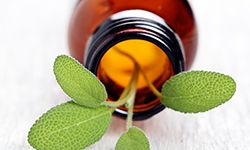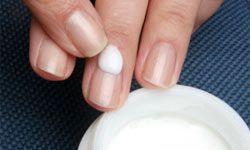You've heard of DIY body scrubs and face masks, but did you know you can make your own homemade moisturizer? No matter what your skin-care regime, chances are you use a moisturizer daily -- and if you don't, you probably should, according to the American Academy of Dermatology [source: American Academy of Dermatology]. Natural skin-care experts say whipping up your own cream or lotion in your home kitchen can save money, cut down on wasteful packaging and protect you from harmful ingredients lurking in some conventional products.
"Moisturizers made at home -- from scratch -- are absolutely pure, containing no chemicals, fillers, preservatives or synthetic fragrances and colors," explains Stephanie Tourles, a licensed holistic esthetician and certified aromatherapist who has written eight books, including Organic Body Care Recipes. "Your skin actually absorbs up to 60 percent of what you apply to it, so why wouldn't you want to put pure, nourishing ingredients on your skin instead of synthetics that can have little if any long-lasting benefit or possibly do harm in the long run?"
Advertisement
Natural skin-care expert Susanna Miles notes that store-bought moisturizers commonly include ingredients derived from animals as well as preservatives like parabens, DHA (dihydroxyacetone), tricarbon and phenoxyethanol. "Most of these are toxic, often even in low doses," she says.
Going DIY also allows you to tailor your moisturizer to your skin type, Tourles and Miles point out. "You can customize them according to your skin's seasonal need, such as making a lighter lotion or cream for when the weather is warmer, a medium-textured cream in the cooler spring or fall season, and a heavier or more oil-rich cream for wintertime," Tourles says. "If you happen to be allergic to particular ingredients or have very sensitive skin, you can customize the moisturizer so that it is most beneficial for your personal needs."
Advertisement


